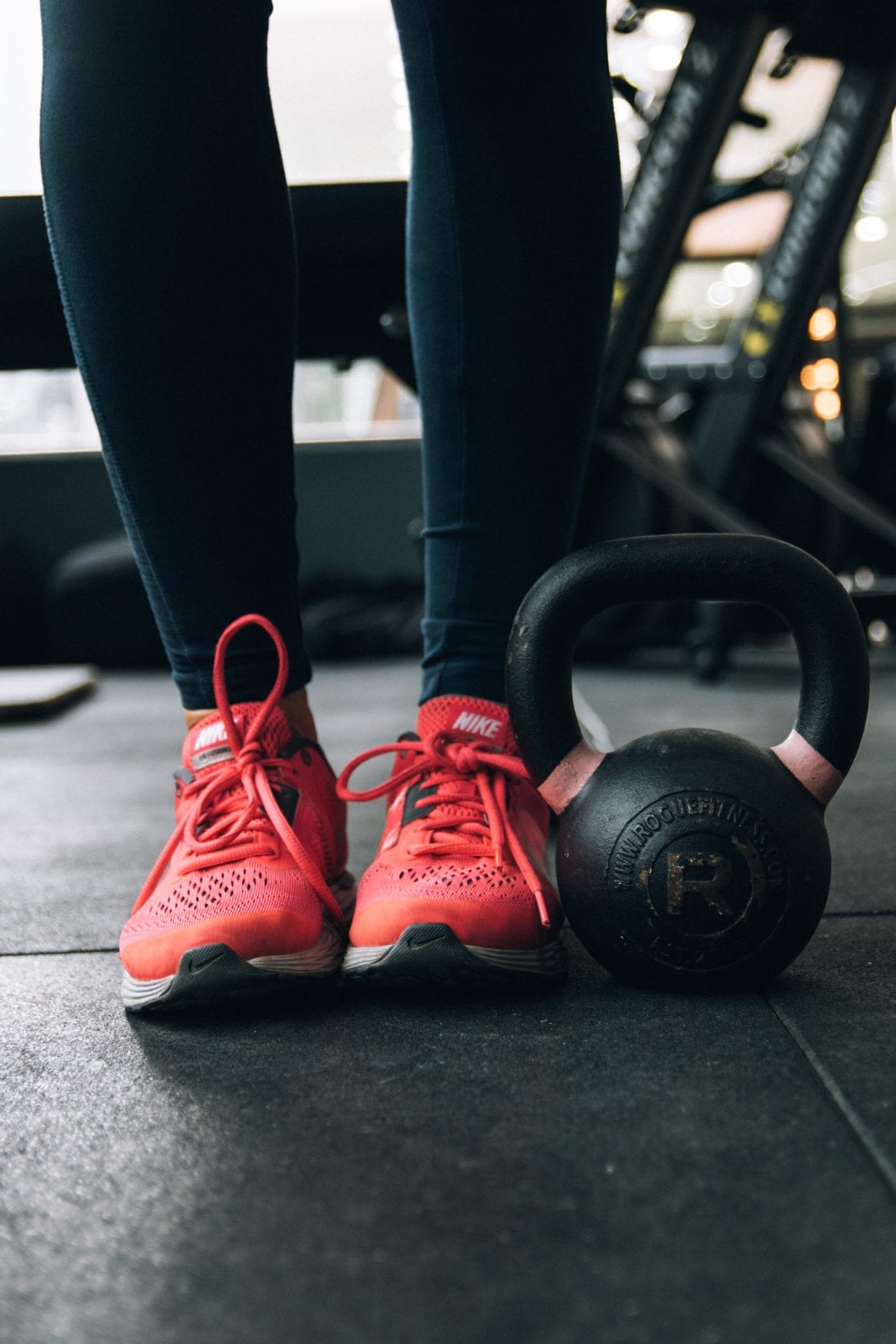Let’s cut right to the chase. You’ve known for some time now that exercise is important for weight loss and a healthy body. But as you cross over from your 40s to your 50s and beyond, the type of exercise you do takes on more significance.
“Doing the same old workout routine isn’t going to serve you well as you get older,” says Kim Truman, a Dallas–based certified professional fitness consultant and high-performance athletic trainer. Your body is changing in many ways—slower metabolism, bone loss, weight redistribution, brain fog—she says, and you need to meet each change with the right types of movement, so you can set yourself up for optimal health.
“Your reasons for exercising should evolve,” adds Pilates pro Risa Sheppard, who runs the Sheppard Method Pilates studio in Los Angeles. “It’s not about looking good in a bathing suit or caring what other people think about your looks. It’s about setting yourself up for a healthy older age.”
Here’s a closer look at what an exercise revamp can do for you:
Counter the loss of estrogen
There’s a reason women are more affected by the bone-thinning disease osteoporosis than men: menopause. Estrogen helped protect your bones. Now that estrogen levels are much lower, you’re at a greater risk of developing osteopenia and osteoporosis. In fact, in the first years after menopause, the loss of estrogen can cause bone mass to be lost two to five times more quickly than the loss caused by age alone.
Fortunately, a combination of strength training and weight-bearing endurance exercises helps build bones and keep them strong, says Truman. (Walking at a good clip counts as weight-bearing exercise, so does dancing or climbing stairs; swimming and biking don’t.) There’s a strong body of evidence showing that women who stay physically active have higher bone mass than their sedentary peers and that active women have fewer fractures, even if they have osteoporosis. To see the bone-health benefits, you’ll need to hit these benchmarks, according to the American College of Sports Medicine:
- Weight-bearing endurance activities: 3 to 5 times/week at a moderate to high intensity (in other words, you’ve got to break a sweat)
- Strength or resistance training (using weights, resistance bands, or your own body weight as resistance, as in push-ups and squats): 2 to 3 times/week
If you’ve been diagnosed with osteoporosis, follow the exercise guidelines your doctor handed you.
Improve your mood
You know how you kinda, sorta, really want to throw something at women who say entering their 50s was a great thing for them? Yeah, exercise can help soften those sharp mental angst edges for you. Here, Truman says any movement will do the trick. Zumba, yoga, boxing—it all releases feel-good endorphins that put a damper on anxiety and help you jump out of the negative self-talk loop.
Again, if your doctor has diagnosed you with anxiety or depression, follow her advice in terms of how much exercise to aim for. Otherwise, Truman suggests setting a target of 30 minutes of exercise every day. “As long as you’re doing something physical that you enjoy and can look forward to, you’ll see a difference,” she says.
Keep heart disease at bay
More than one in three adult women has some form of cardiovascular disease, according to the American Heart Association (AHA). And there is an overall increase in heart attacks among women about 10 years after menopause. You can challenge those stats with aerobic exercise. Here’s what the AHA recommends for overall heart health:
- At least 30 minutes of moderate-intensity aerobic activity (you’re sweating and it’s somewhat hard to hold a conversation): 5 days a week for a total of 150 minutes
- Alternatively, 25 minutes of vigorous aerobic activity (you’re working hard enough that chit-chatting is out of the question): 3 days a week for a total of 75 minutes
PLUS
- Moderate- to high-intensity strength training: 2 days a week
- If you are managing high blood pressure and high cholesterol levels, the AHA recommends getting 40 minutes of moderate- to vigorous-intensity aerobic activity: 3 to 4 times each week
Bonus: These recommendations may also help lower your chances of developing other health problems, including diabetes, memory decline, and cancer.
Make everyday tasks easier
Everyone knows that if you want to compete in a 5K you need to run. But one thing that’s not so obvious is that if you want to continue to have an easy go of life’s more mundane daily tasks—things like rearranging your furniture, weeding the garden, or racing through an airport—you need to train your body accordingly. That’s where functional fitness comes in.
Sounds pretty technical, but functional fitness is really just a well-thought strength-training routine that teaches your major muscle groups to work together. Think about it this way: Banging out 50 crunches will do a lot for your waistline, but it’s not going to help you hike up three flights of stairs when your office elevator is out for maintenance. A functional fitness workout, on the other hand, will increase muscle strength, boost endurance, and improve coordination and balance. Ultimately, functional fitness workouts will help you bypass nagging aches and stiffness that are all too often the hallmarks of getting older.
Unfortunately, even though the American College of Sports Medicine named functional fitness a top 10 trend for 2018, you’re not going to find “functional fitness” classes on any gym menu. Do your detective work and look for classes that emphasize building muscle fitness, flexibility, or balance, or that boast a head-to-toe workout. Barre classes, yoga, Pilates, and Tai chi are great examples. Not into the gym scene? Consider booking a couple of sessions with a certified personal trainer who can help you nail down basic moves to match your goals.
A few studios in Los Angeles have gotten the functional fitness memo. Perhaps soon, your city will have jumped on board, too.

